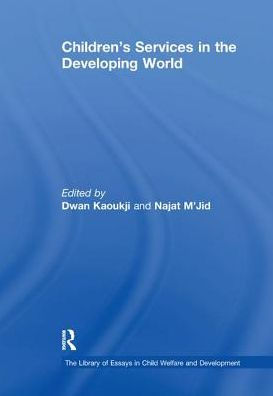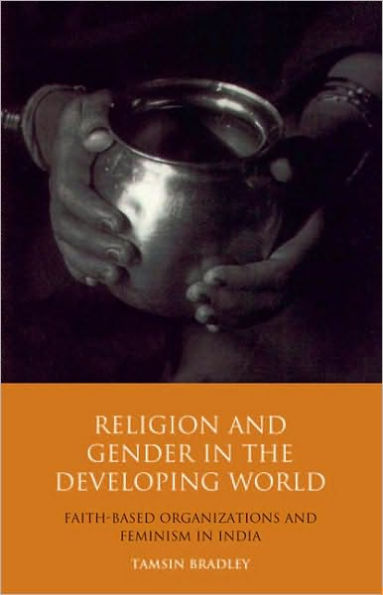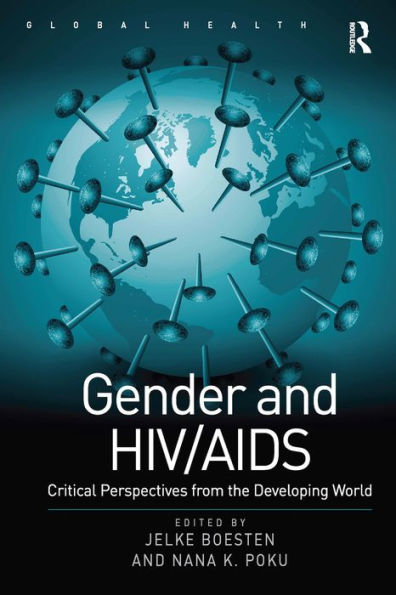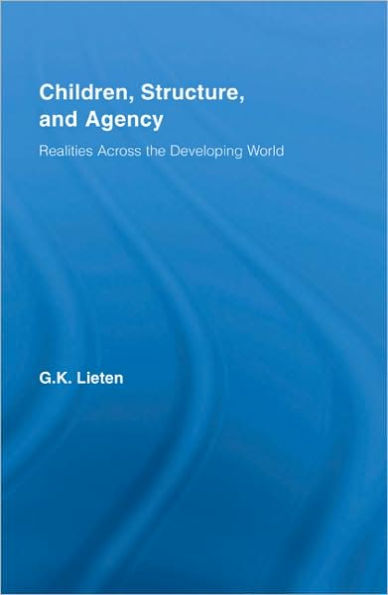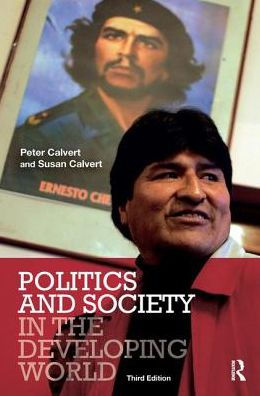Home
Children's Lifeworlds: Gender, Welfare and Labour the Developing World
Barnes and Noble
Children's Lifeworlds: Gender, Welfare and Labour the Developing World
Current price: $61.99
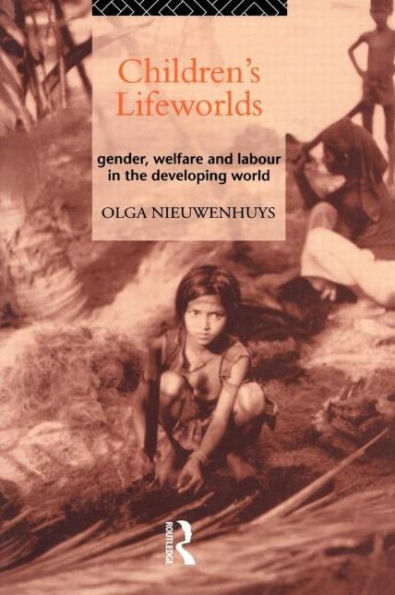

Barnes and Noble
Children's Lifeworlds: Gender, Welfare and Labour the Developing World
Current price: $61.99
Size: Hardcover
Loading Inventory...
*Product information may vary - to confirm product availability, pricing, shipping and return information please contact Barnes and Noble
Children's Lifeworlds
examines how working children face the challenge of having to combine work with school in Kerala. Moving beyond the usual concern with child labour and welfare to a critical assessment of the daily work routine of children, this book questions how class and kinship, gender and household organization, state ideology and education influence and conceal the lives of children in developing countries. Presenting an extraordinarily sympathetic and detailed case study of boys' and girls' work routine in a south Indian village, this book shows children creating the visibility of their work. The combination of personal experience, quantitative data and in-depth anthropological methods, sheds light on the world of those who, though they hold the future, have been left in the dark.
examines how working children face the challenge of having to combine work with school in Kerala. Moving beyond the usual concern with child labour and welfare to a critical assessment of the daily work routine of children, this book questions how class and kinship, gender and household organization, state ideology and education influence and conceal the lives of children in developing countries. Presenting an extraordinarily sympathetic and detailed case study of boys' and girls' work routine in a south Indian village, this book shows children creating the visibility of their work. The combination of personal experience, quantitative data and in-depth anthropological methods, sheds light on the world of those who, though they hold the future, have been left in the dark.
